Control over macro- and microstructures, density, conductivity, and Poisson ratio is enabled by this new combined metallic aerogel production technique.
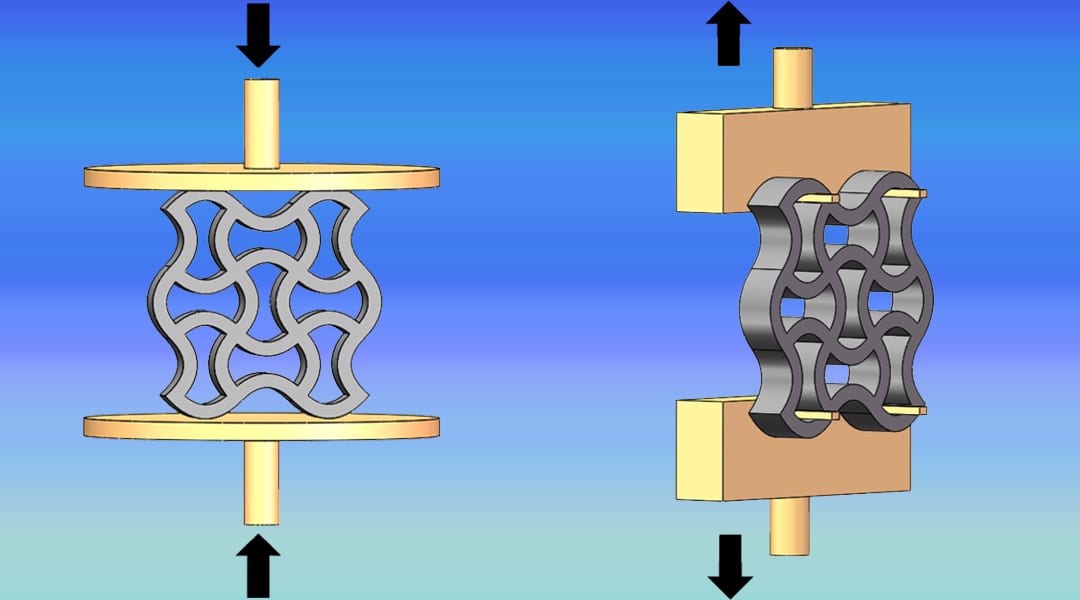

Control over macro- and microstructures, density, conductivity, and Poisson ratio is enabled by this new combined metallic aerogel production technique.

Researchers monitor the growth kinetics of hybrid metal–organic frameworks (MOFs) in situ using a novel and cost-effective method.
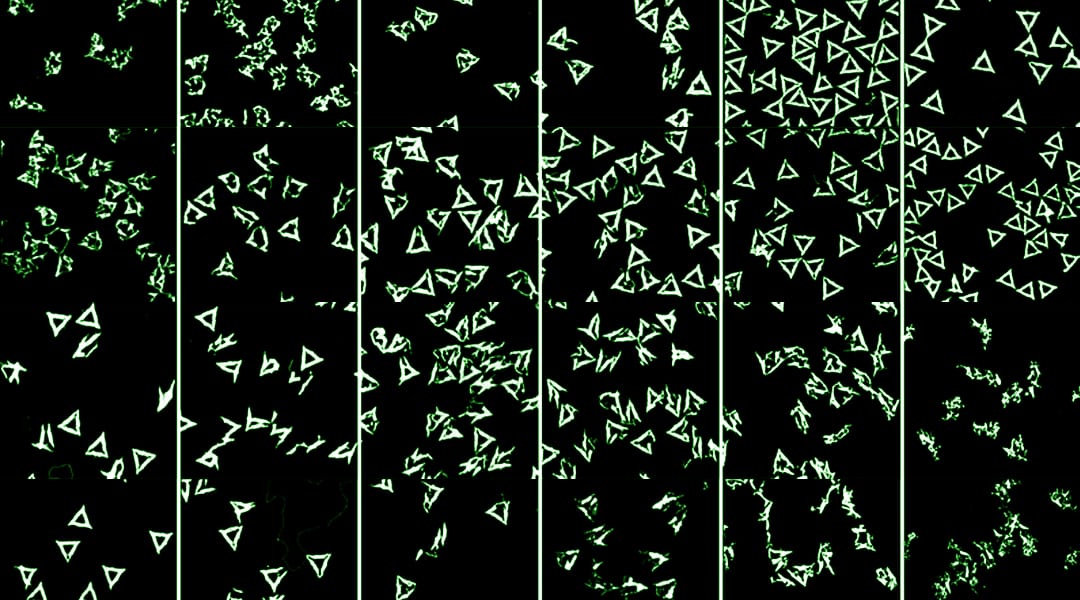
The stability of DNA origami under strongly denaturing conditions is investigated.
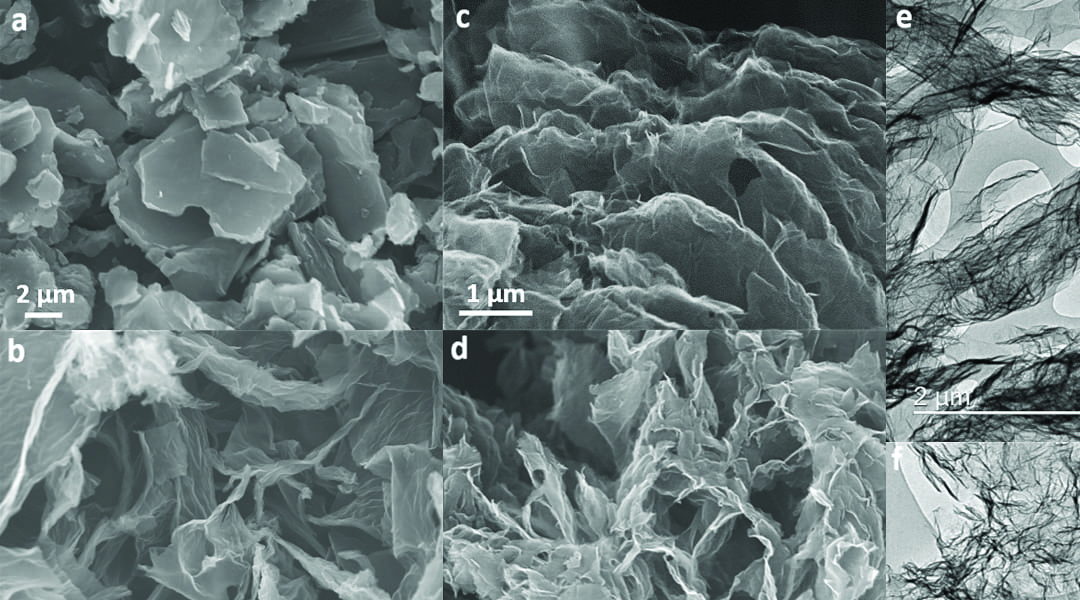
An effective synthesis strategy via a flash-freezing and freeze-dry approach is presented, to synthesis 3D GO structures that exhibit fully accessible hierarchical porous networks for supercapacitor applications.
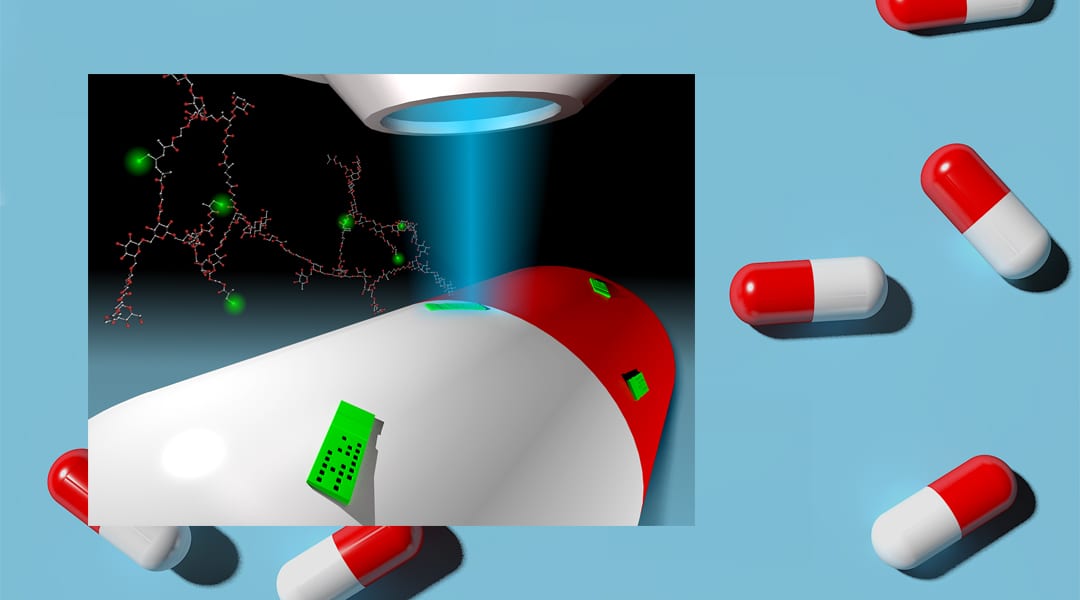
Multi-functional, biodegradable hydrogel microparticles that provide information on the authenticity and the potential deterioration of a tagged food or pharmaceutical formulation directly prior to consumption/use is presented.

A novel family of colorful fluorescent supercapacitor fibers allows for continuous energy storage in flexible systems used in the dark.

A new type of hybrid hydrogel for tissue regenerative therapy—Anisogel—is developed by Abdolrahman Omidinia-Anarkoli, Laura De Laporte, and co-workers from the Leibniz Institute for Interactive Materials in Aachen, Germany. This low-invasive hydrogel is promising for healing body tissues that consist of an aligned architecture, such as the heart, kidney, muscles, and nerves.
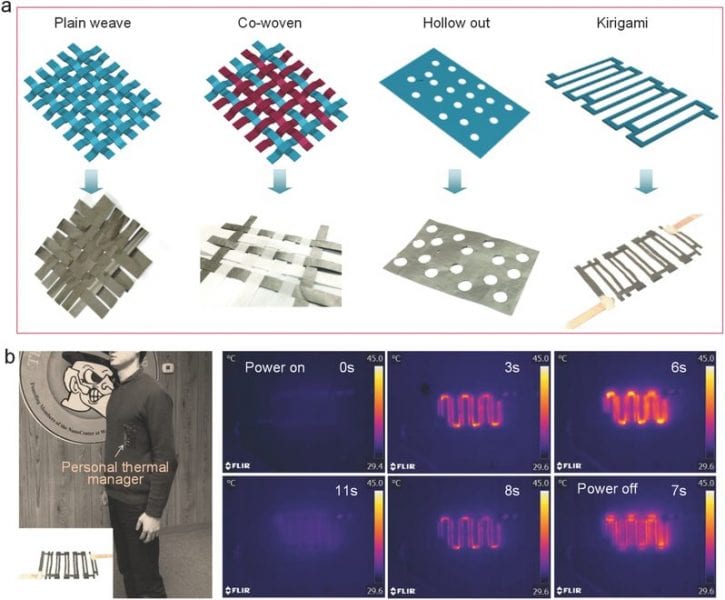
Graphene papers provide chemical and mechanical stability, high thermal conductivity and low electrical resistance in the development of personal thermal management systems.
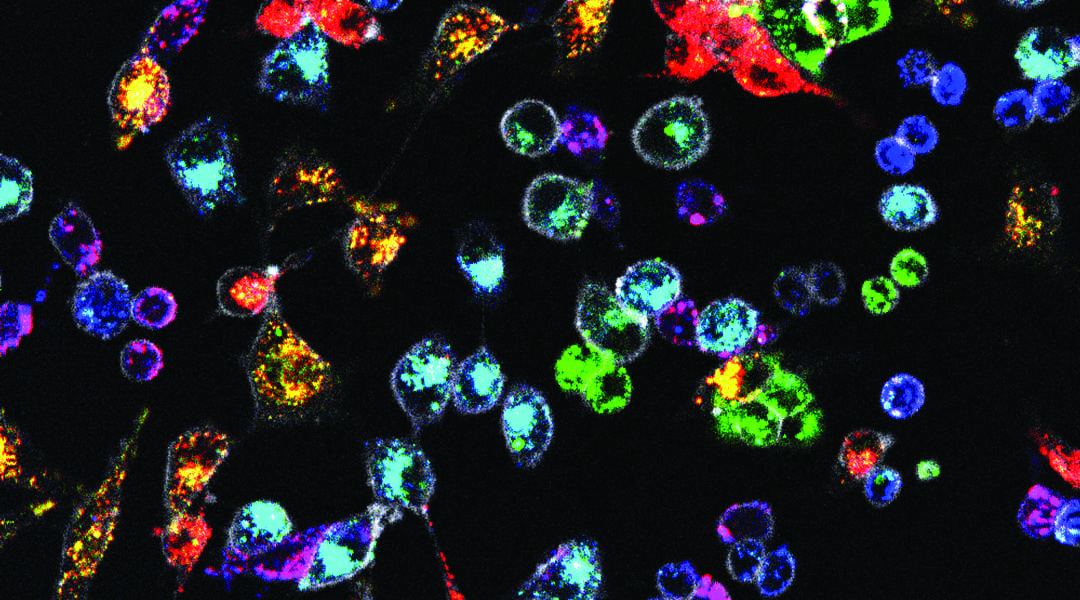
A method that allows the long-term labeling of different cell populations in tens of different colors using fluorescent nanoparticles.
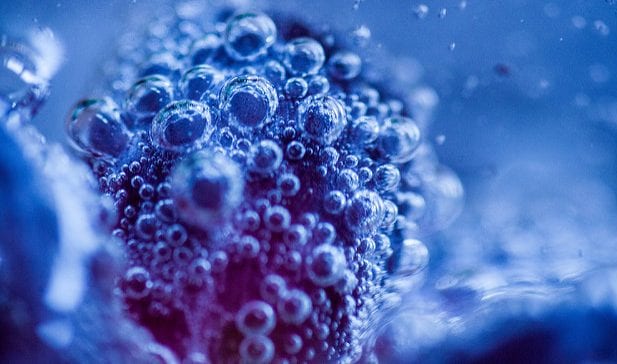
The slow kinetics of the oxygen evolution reaction require new catalyst research like this to make water splitting systems commercially viable.